Home>Furniture & Design>Bathroom Accessories>How Many Gallons Of Water Does It Take To Fill Up A Bathtub
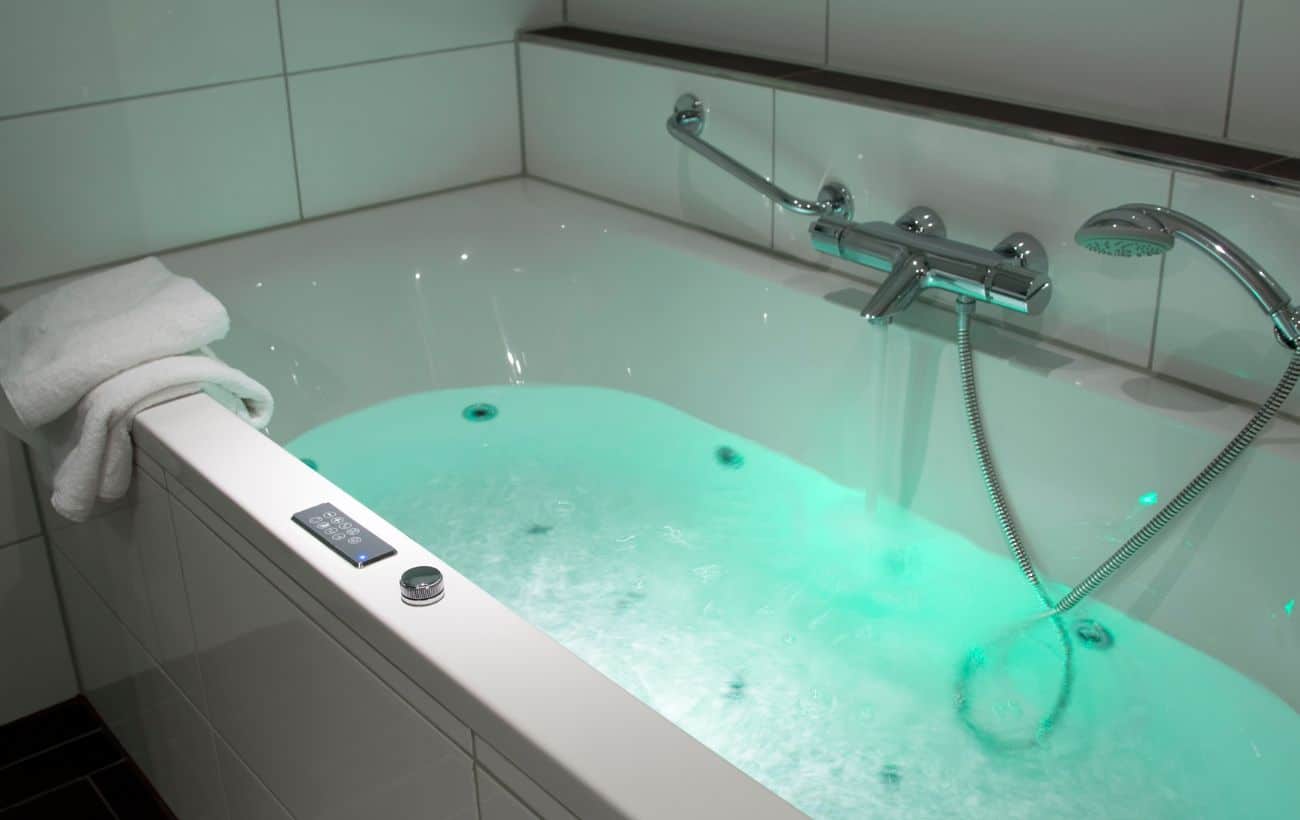

Bathroom Accessories
How Many Gallons Of Water Does It Take To Fill Up A Bathtub
Modified: March 6, 2024
Discover the water consumption of filling a bathtub and find the right bathroom accessories to optimize your water usage. Explore efficient solutions for your bathroom.
(Many of the links in this article redirect to a specific reviewed product. Your purchase of these products through affiliate links helps to generate commission for Storables.com, at no extra cost. Learn more)
Introduction
When it comes to unwinding after a long day or simply indulging in a luxurious soak, few things compare to the comfort of a warm bath. The sound of water cascading from the faucet, the gentle steam rising, and the promise of relaxation all contribute to the allure of this timeless ritual. However, amidst the tranquility of a bath, have you ever wondered about the amount of water required to fill up a standard bathtub? Understanding this not only sheds light on our water consumption but also allows us to make informed choices about conservation.
In this article, we will delve into the fascinating world of bathtub water usage, exploring the standard size of bathtubs, the average gallons of water they hold, and the factors that influence water consumption. Additionally, we will provide practical tips for conserving water without compromising on the indulgence of a soothing bath. So, let's embark on this journey to uncover the mysteries of bathtub water usage and discover how we can enjoy our baths while being mindful of our environmental impact.
Key Takeaways:
- Enjoying a bath can use 40-60 gallons of water, so be mindful of your water usage. Consider a shallower bath and reuse bathwater to conserve water without sacrificing relaxation.
- Installing low-flow fixtures and taking shorter baths can help conserve water while still enjoying a soothing soak. Embracing these simple tips can make a big difference in water usage.
Standard Bathtub Size
The standard bathtub size is a crucial factor in determining the amount of water required to fill it. Most traditional alcove bathtubs, which are the most common type found in homes, typically measure 60 inches in length, 30 inches in width, and have a depth of around 14 to 16 inches. These dimensions are considered standard in the industry and are designed to accommodate the average adult comfortably. However, it's important to note that there are variations in bathtub sizes, especially in freestanding and corner tubs, which may offer more generous dimensions for a more luxurious bathing experience.
In terms of capacity, a standard bathtub can hold anywhere from 40 to 60 gallons of water when filled to the brim. This volume can vary based on the specific dimensions and depth of the tub, with larger or deeper tubs naturally requiring more water to reach the desired level. It's worth mentioning that whirlpool or soaking tubs, which are designed for a more indulgent bathing experience, may have a greater water capacity due to their larger size and deeper soaking depth.
Understanding the standard bathtub size and its water-holding capacity is essential for homeowners looking to renovate or install a new bathtub. It allows for informed decision-making regarding the type of bathtub that best suits individual preferences and space constraints. Additionally, being aware of the standard dimensions and water capacity empowers individuals to estimate their water usage accurately, contributing to a more conscious approach to water conservation.
In the next section, we will explore the average water usage for filling a standard bathtub and delve into the factors that can influence the amount of water required for a relaxing soak.
Average Water Usage
Filling up a bathtub with water is a simple yet essential act that brings comfort and relaxation to our daily lives. The average water usage for a standard bathtub can range from 40 to 60 gallons, depending on its size and depth. This means that with every bath, a significant amount of water is utilized, highlighting the importance of understanding and managing our water consumption.
The average water usage for a bath can be further broken down to provide a clearer perspective. For instance, a standard 60-inch long, 30-inch wide, and 14 to 16-inch deep bathtub, when filled to the brim, typically requires approximately 40 to 60 gallons of water. This equates to a substantial volume, especially when considering the frequency of baths in a household.
It's important to recognize that the actual water usage may vary based on individual preferences and habits. Some individuals may prefer a deeper soak, leading to a higher water level in the tub, while others may be content with a shallower bath. These variations in personal preferences can impact the overall water usage, emphasizing the need for mindfulness when indulging in a relaxing bath.
Moreover, the type of bathtub can also influence water usage. For instance, whirlpool or soaking tubs, designed for a more luxurious bathing experience, often have a larger water capacity due to their increased size and deeper soaking depth. This results in a higher water usage compared to standard alcove bathtubs.
Understanding the average water usage for filling a bathtub serves as a reminder of the significant amount of water required for this everyday activity. It prompts us to consider the environmental implications of our water consumption and encourages us to explore ways to conserve this precious resource without compromising on the enjoyment of a soothing bath.
In the subsequent section, we will delve into the various factors that can affect water usage when filling a bathtub, shedding light on the nuances that contribute to the overall consumption of water during this common yet cherished ritual.
A standard bathtub holds about 42 gallons of water when filled to the top. Keep in mind that larger or deeper tubs will require more water to fill.
Factors Affecting Water Usage
Several factors play a significant role in determining the amount of water required to fill a bathtub, influencing the overall water usage during this everyday ritual. Understanding these factors not only sheds light on our water consumption habits but also empowers us to make informed choices that promote water conservation.
-
Bathtub Size and Depth: The dimensions of the bathtub, including its length, width, and depth, directly impact the volume of water needed for a bath. Larger or deeper tubs naturally require more water to reach the desired level, resulting in increased water usage compared to standard-sized bathtubs.
-
Personal Preferences: Individual bathing preferences can greatly influence water usage. Some individuals may prefer a deeper soak, leading to a higher water level in the tub, while others may opt for a shallower bath. These variations in personal preferences can significantly impact the overall water consumption during each bath.
-
Type of Bathtub: The type of bathtub also plays a crucial role in water usage. Whirlpool or soaking tubs, designed for a more luxurious bathing experience, often have a larger water capacity due to their increased size and deeper soaking depth. As a result, these tubs require a higher volume of water compared to standard alcove bathtubs.
-
Water Flow Rate: The rate at which water flows from the faucet into the bathtub affects the overall water usage. Higher flow rates result in a quicker fill-up but also lead to increased water consumption. Being mindful of the water flow rate can contribute to more efficient water usage during baths.
-
Frequency of Baths: The frequency of baths within a household directly impacts water usage. Individuals or families that indulge in baths more frequently will naturally consume a greater volume of water over time. Being conscious of the frequency of baths can prompt individuals to explore water-saving strategies without compromising on their bathing routines.
-
Water Conservation Practices: Implementing water conservation practices, such as using a bath stopper to prevent water wastage and taking shorter baths, can significantly reduce water usage. Additionally, repairing any leaks in the bathtub or faucet can contribute to overall water conservation efforts.
By considering these factors, individuals can gain a deeper understanding of the nuances that contribute to water usage during baths. This awareness empowers them to make conscious choices that promote water conservation without sacrificing the enjoyment of a soothing and indulgent bath experience.
Tips for Conserving Water
Conserving water while enjoying a rejuvenating bath is not only environmentally responsible but also contributes to cost savings and sustainable living. By implementing simple yet effective strategies, individuals can significantly reduce their water usage without compromising the indulgence of a relaxing soak. Here are some practical tips for conserving water during bath time:
-
Install a Low-Flow Faucet or Showerhead: Consider installing a low-flow faucet or showerhead to regulate water usage during baths. These fixtures are designed to maintain a satisfying water flow while reducing overall consumption, making them an eco-friendly addition to any bathroom.
-
Take Shorter Baths: Being mindful of bath duration can lead to substantial water savings over time. Opting for shorter baths or reducing the frequency of indulgent soaks can significantly lower water usage without sacrificing the therapeutic benefits of a bath.
-
Use a Bath Stopper: Utilize a bath stopper to prevent water wastage while filling the tub. This simple yet effective tool ensures that the water remains in the tub, minimizing unnecessary overflow and promoting efficient water usage.
-
Reuse Bathwater: Consider reusing bathwater for other household tasks, such as watering plants or cleaning outdoor surfaces. This practice not only conserves water but also repurposes it for additional purposes, showcasing a sustainable approach to water usage.
-
Fix Leaks and Dripping Faucets: Address any leaks or dripping faucets in the bathroom to prevent water wastage. Even minor leaks can contribute to significant water loss over time, making timely repairs essential for water conservation.
-
Opt for a Shallower Bath: Adjusting the water level to a shallower depth can lead to noticeable water savings without compromising the comfort of the bath. By being mindful of the desired water level, individuals can enjoy a relaxing soak while conserving water.
-
Consider Bathing Alternatives: Exploring alternative bathing methods, such as using a shower instead of a bath, can contribute to water conservation. Showers generally require less water than baths, making them a more efficient option for individuals seeking to reduce their water usage.
-
Collect and Reuse Cold Water: Collect cold water while waiting for the bath water to reach the desired temperature. This water can be repurposed for various household tasks, minimizing wastage and promoting a sustainable approach to water usage.
By incorporating these practical tips into their bathing routines, individuals can actively contribute to water conservation efforts while continuing to enjoy the comfort and relaxation of a soothing bath. These simple yet impactful strategies empower individuals to make a positive difference in their water usage, aligning with a sustainable and environmentally conscious lifestyle.
Read more: How Many Gallons Of Water Is A Bathtub?
Conclusion
In conclusion, the act of filling a bathtub with water is a simple yet significant aspect of our daily lives, offering comfort, relaxation, and a moment of respite from the demands of the day. Throughout this exploration of bathtub water usage, we have gained valuable insights into the standard bathtub size, the average gallons of water required, and the factors that influence water consumption. Additionally, we have uncovered practical tips for conserving water without compromising the indulgence of a soothing bath.
Understanding the standard dimensions and water-holding capacity of bathtubs has provided us with a foundation for making informed decisions when it comes to selecting or renovating a bathtub. This knowledge empowers individuals to estimate their water usage accurately and consider the environmental impact of their bathing routines.
The average water usage for filling a bathtub, ranging from 40 to 60 gallons, serves as a reminder of the substantial volume of water required for this everyday activity. It prompts us to reflect on our water consumption habits and explore ways to conserve this precious resource. By considering factors such as bathtub size, personal preferences, and water conservation practices, individuals can make conscious choices that promote water conservation while enjoying the therapeutic benefits of a bath.
The practical tips for conserving water during bath time offer actionable strategies for reducing water usage without sacrificing the comfort and luxury of a relaxing soak. From installing low-flow fixtures to reusing bathwater for additional purposes, these tips empower individuals to actively contribute to water conservation efforts in their daily lives.
Ultimately, the journey through the intricacies of bathtub water usage has highlighted the significance of mindful water consumption and the potential for positive environmental impact through simple yet effective practices. By embracing these insights and incorporating water-saving strategies into our bathing routines, we can cultivate a sustainable approach to water usage while continuing to savor the tranquility and rejuvenation that a bath provides.
As we navigate the intersection of comfort, indulgence, and environmental responsibility, let us embark on a collective commitment to conserving water, one bath at a time.
Frequently Asked Questions about How Many Gallons Of Water Does It Take To Fill Up A Bathtub
Was this page helpful?
At Storables.com, we guarantee accurate and reliable information. Our content, validated by Expert Board Contributors, is crafted following stringent Editorial Policies. We're committed to providing you with well-researched, expert-backed insights for all your informational needs.
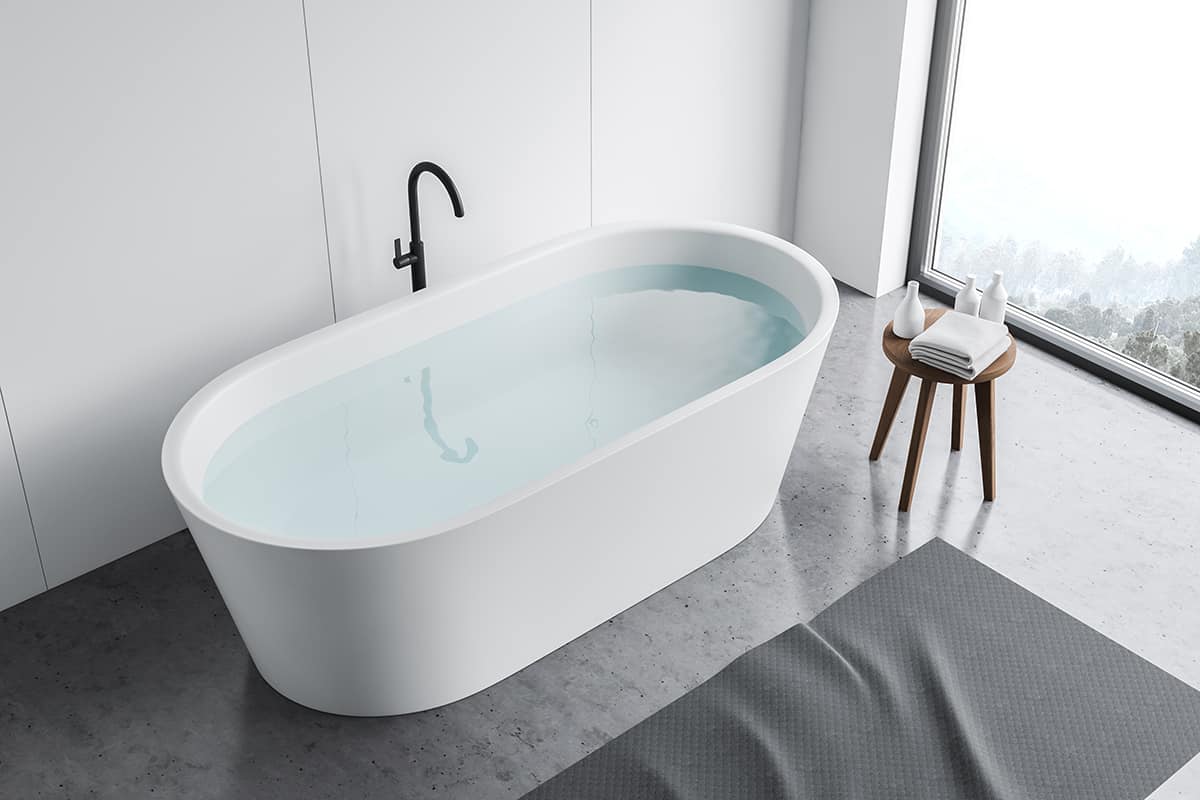
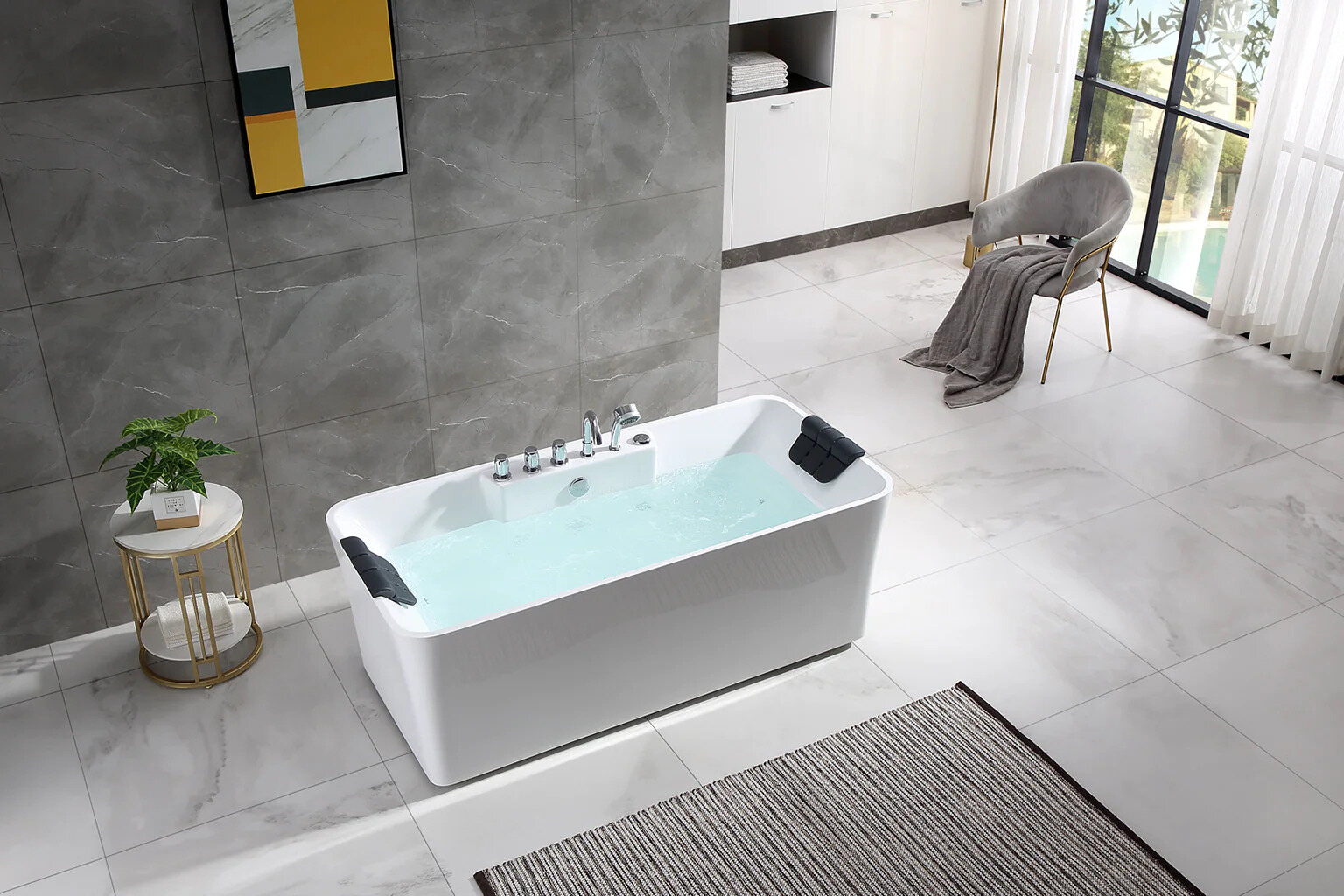
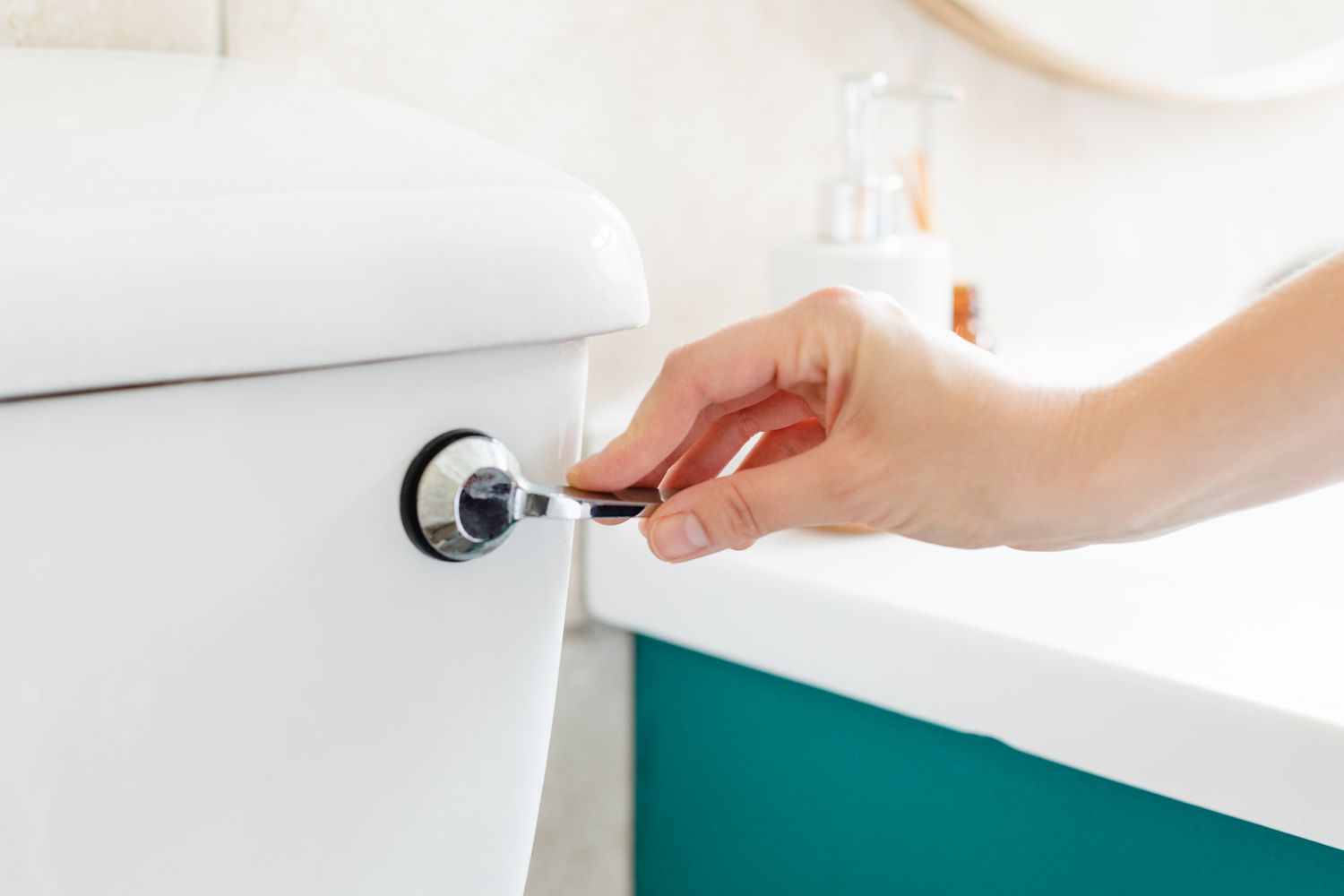
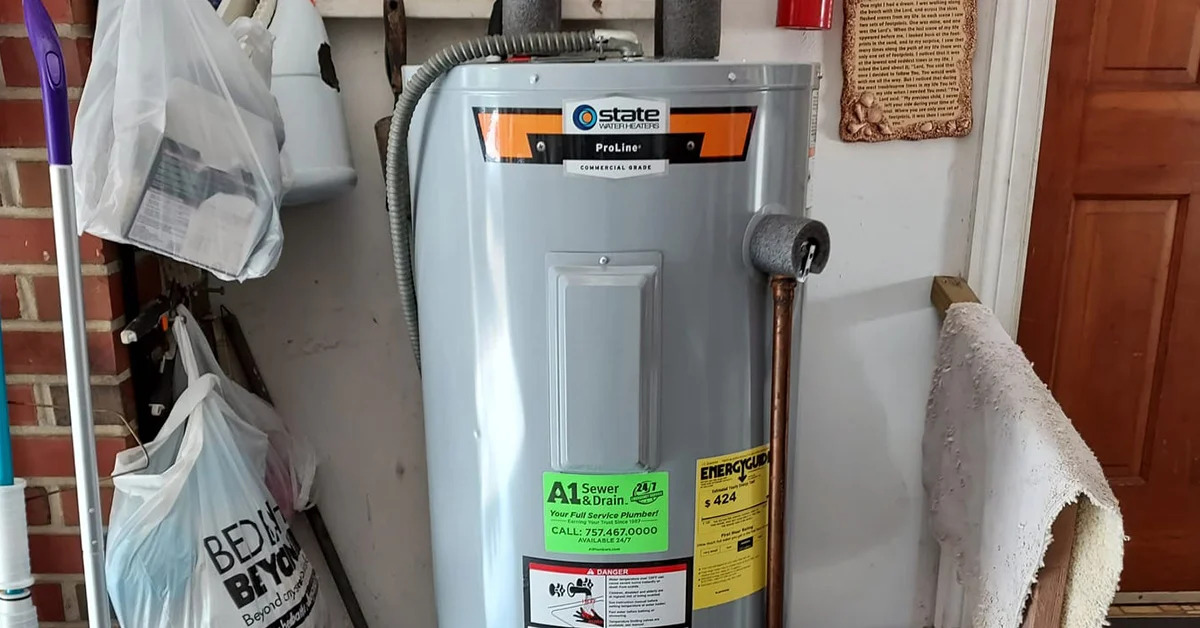
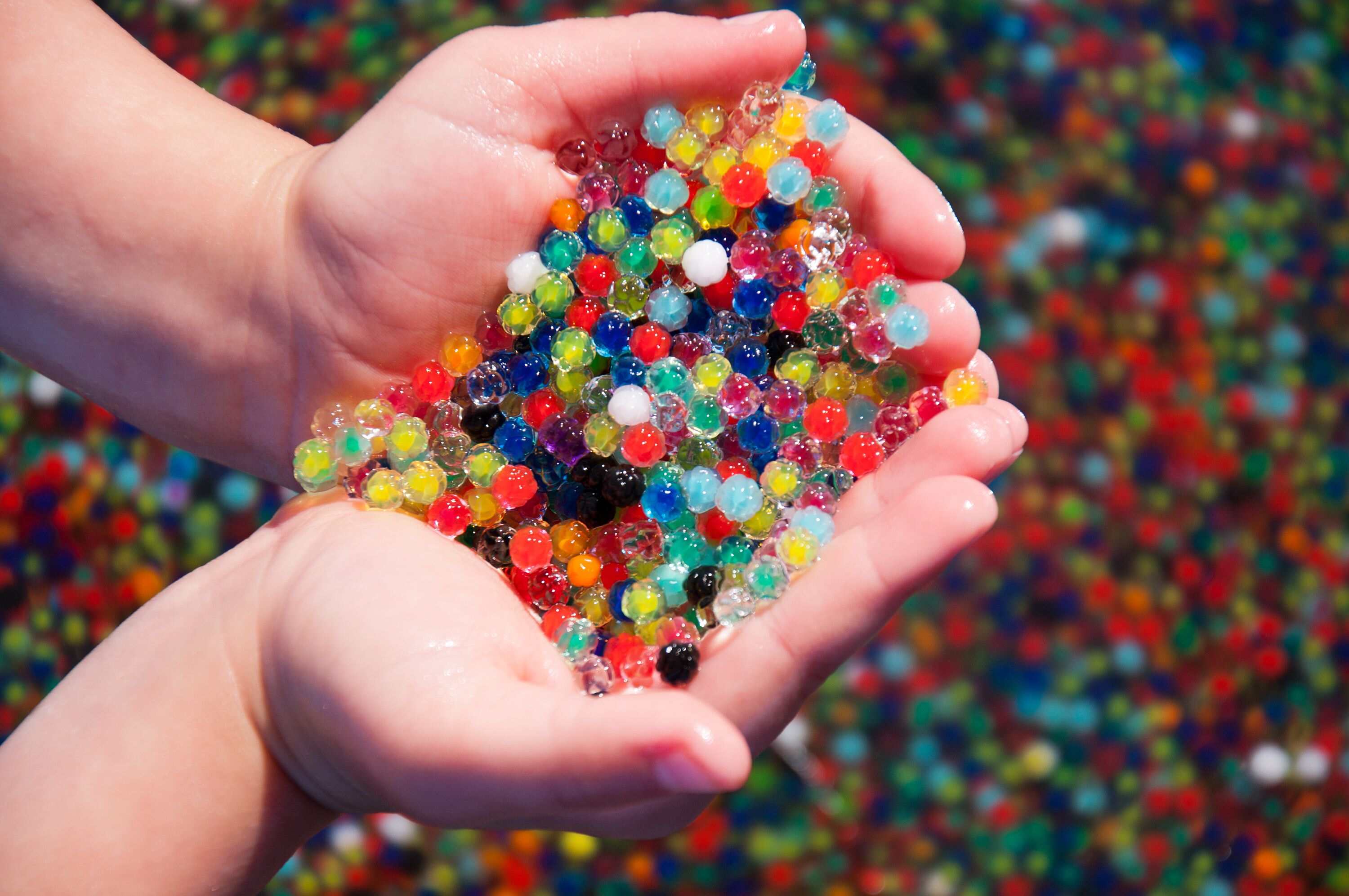
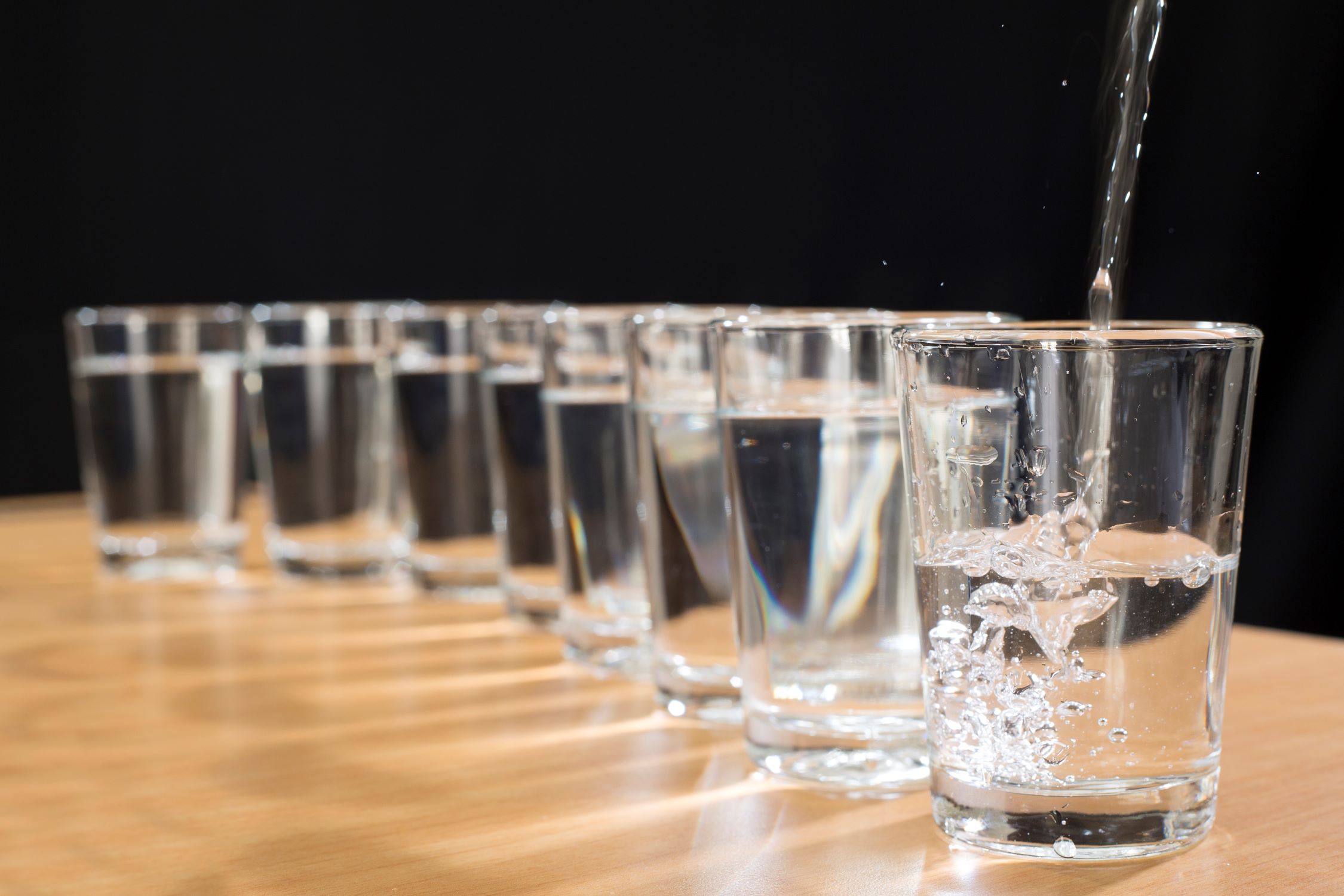
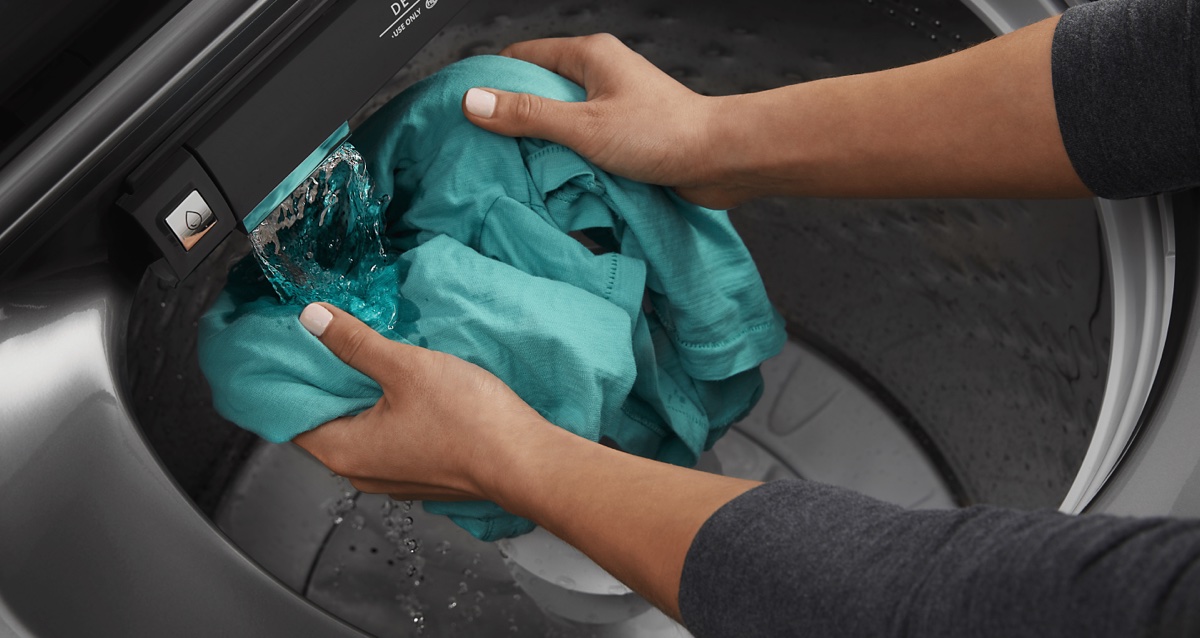
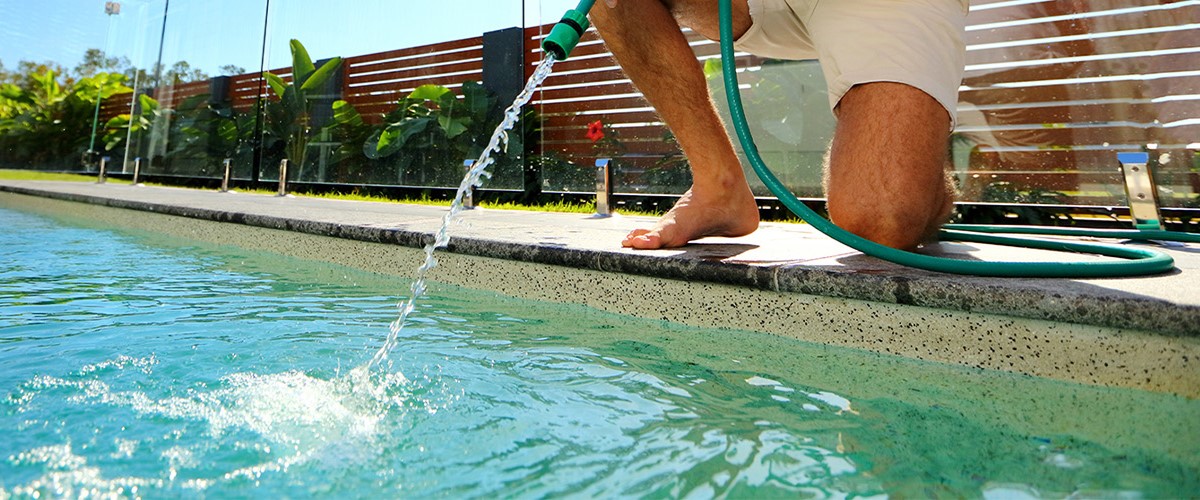
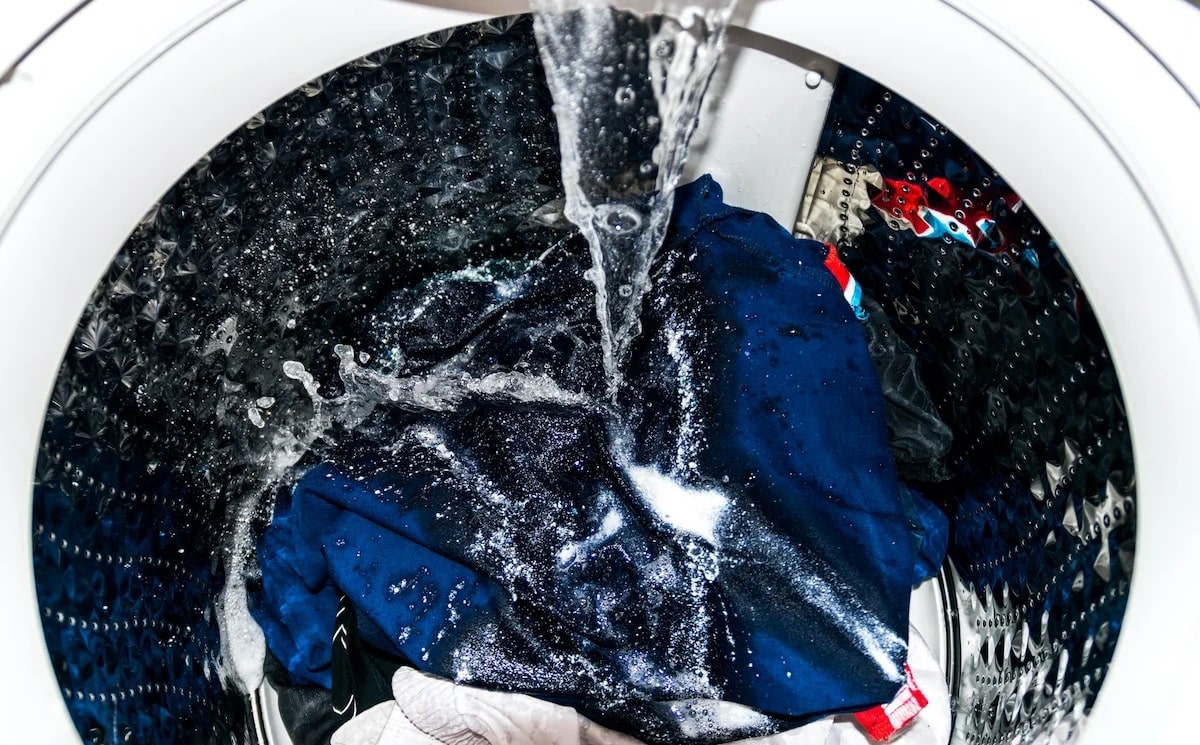
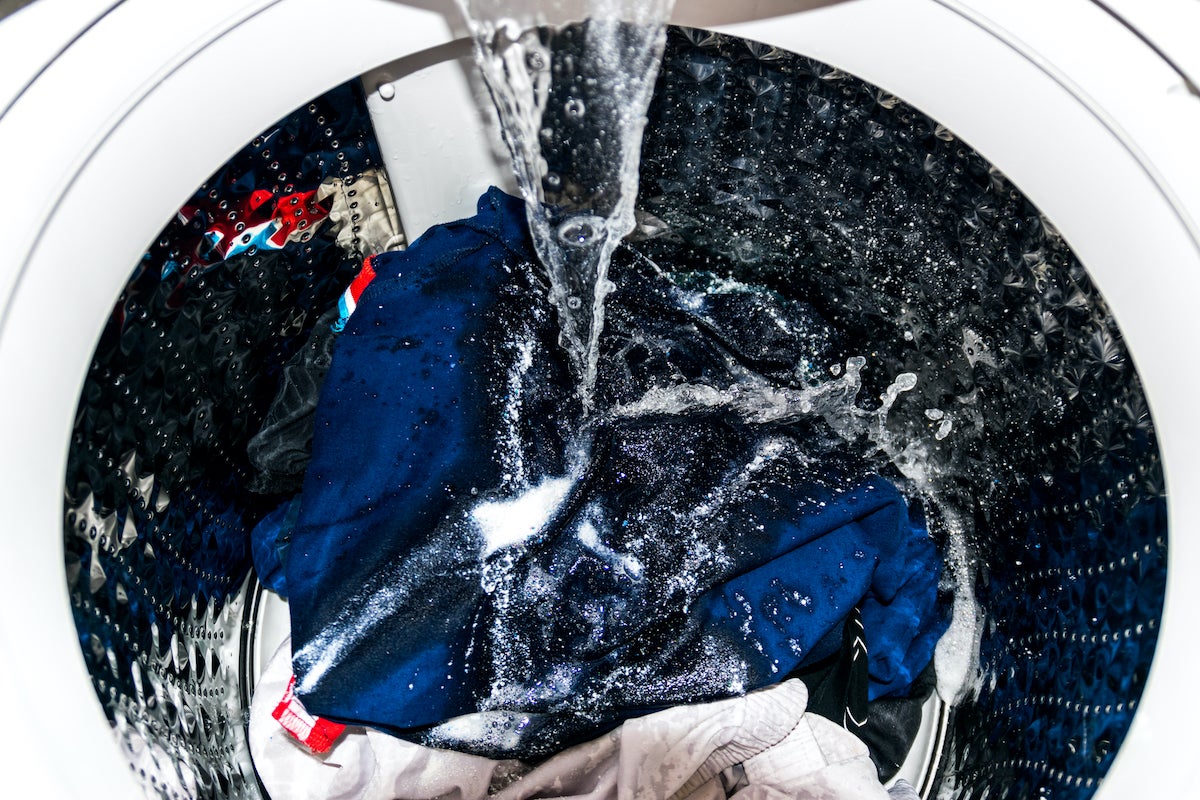
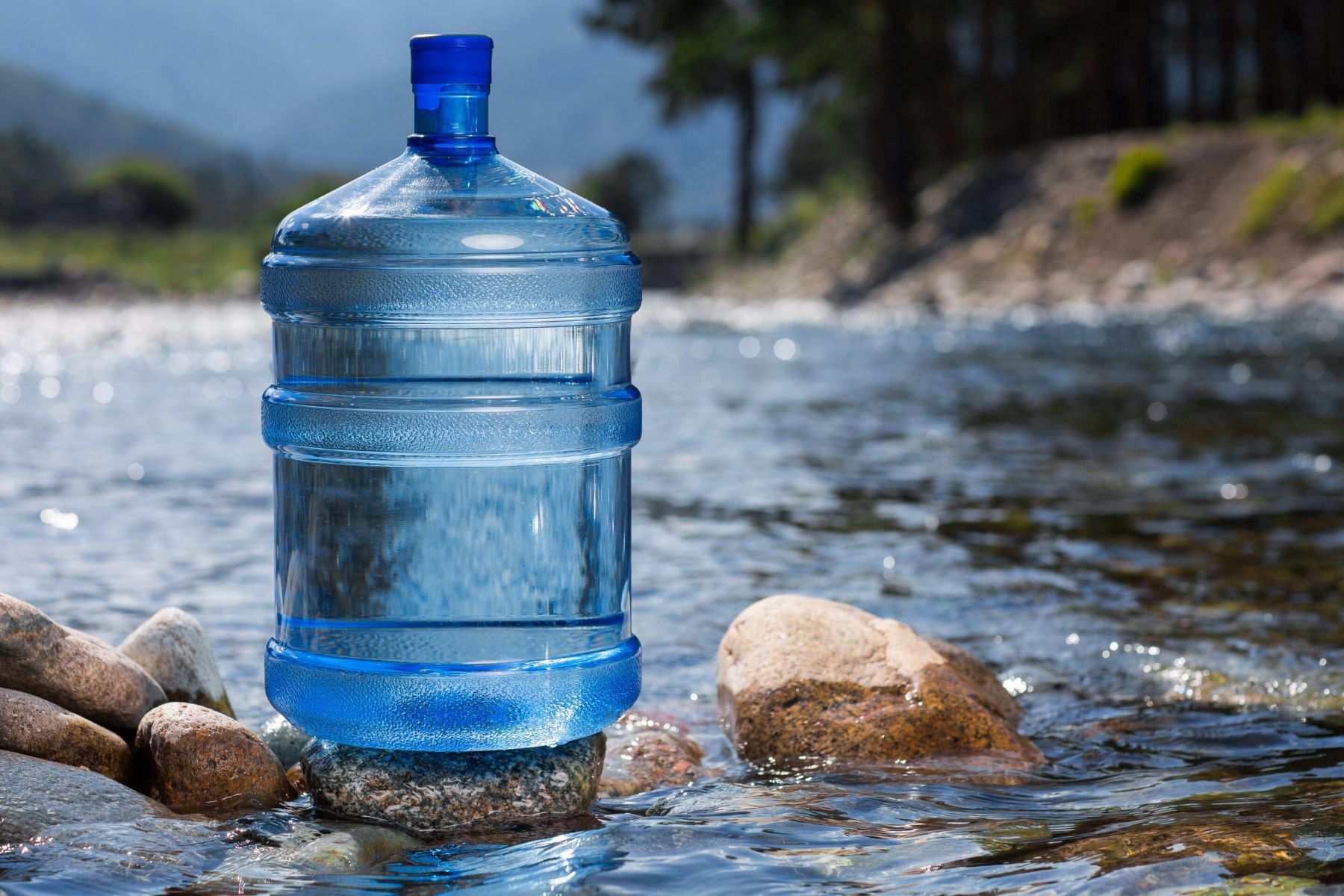
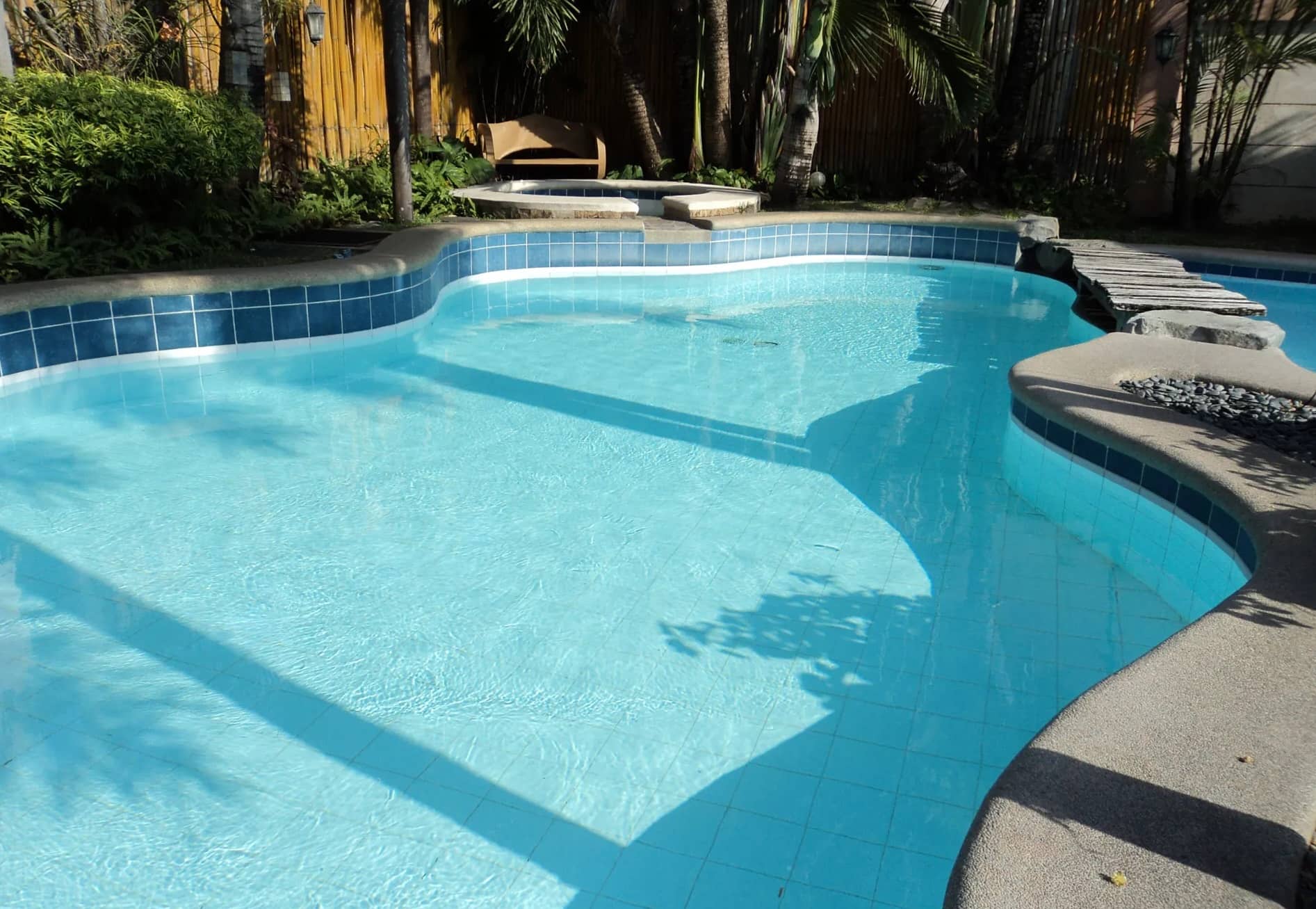
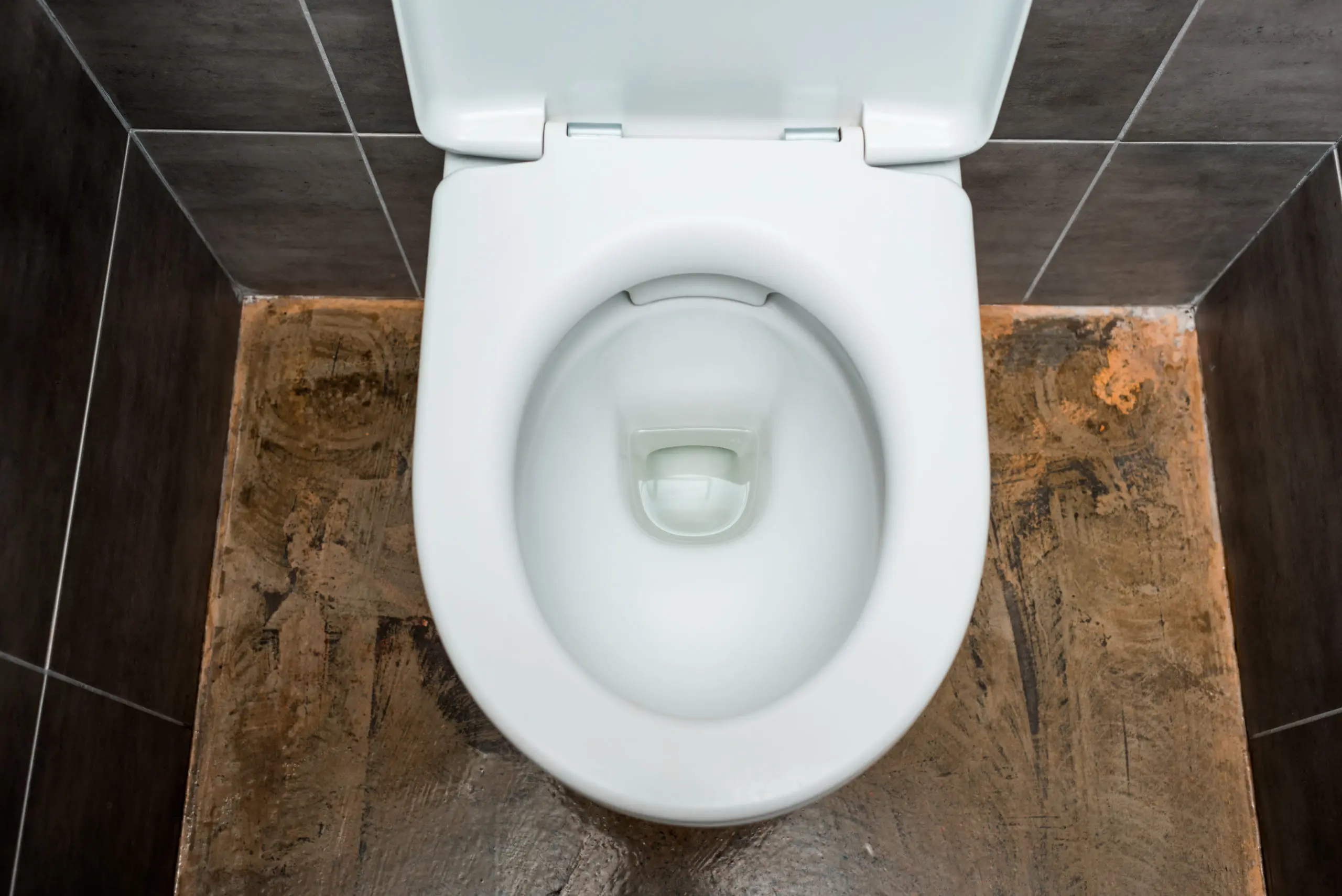
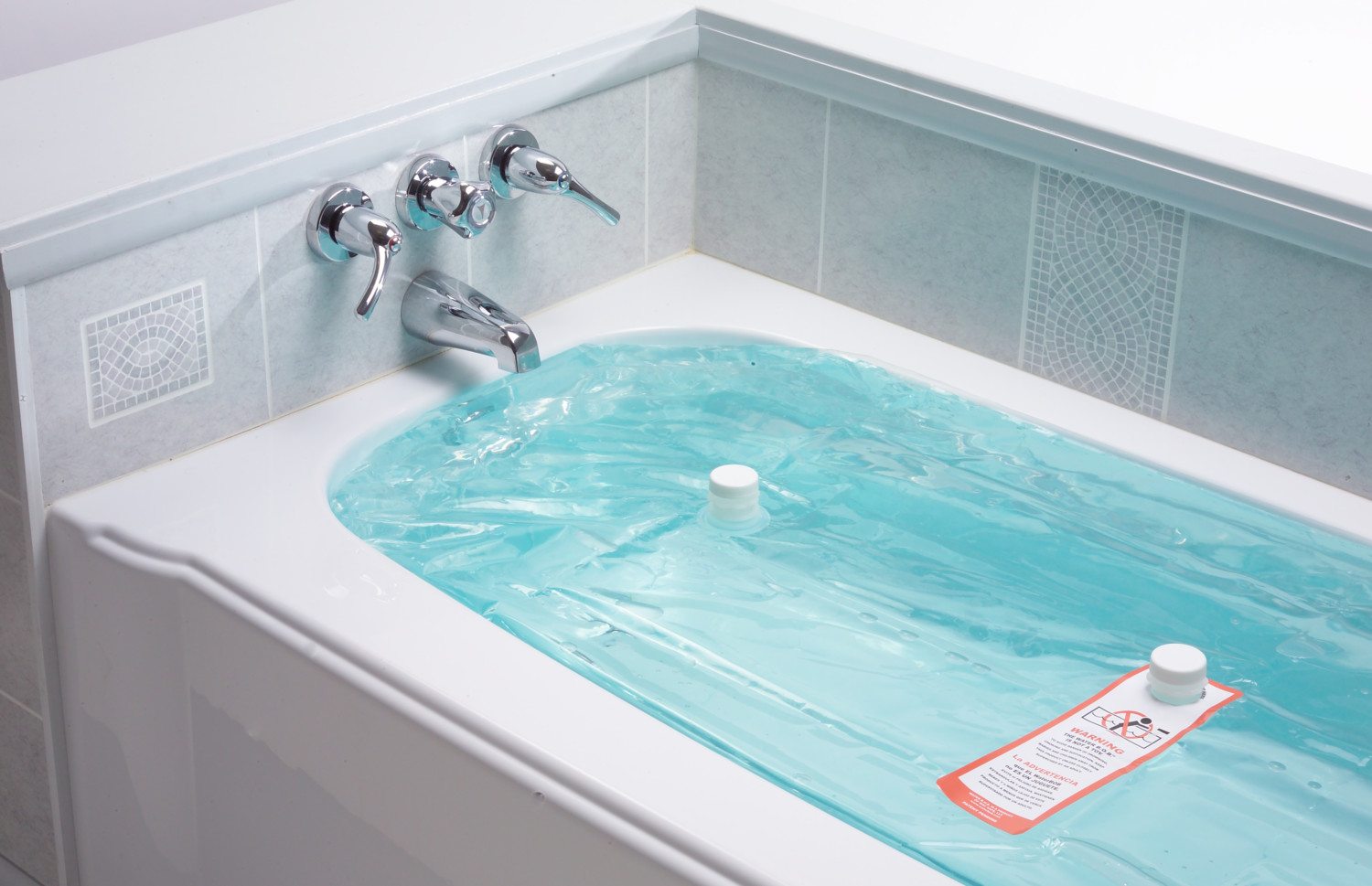

0 thoughts on “How Many Gallons Of Water Does It Take To Fill Up A Bathtub”